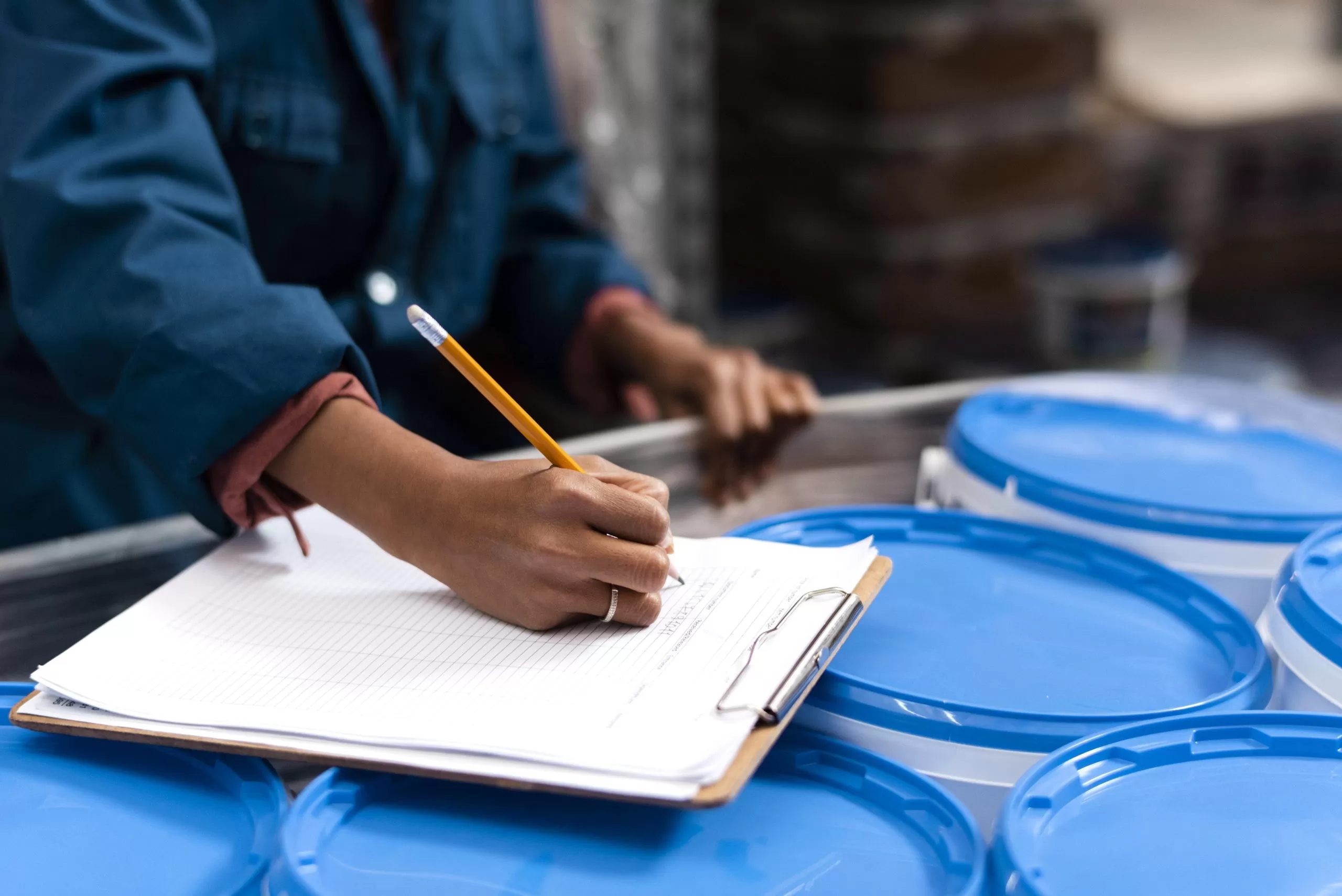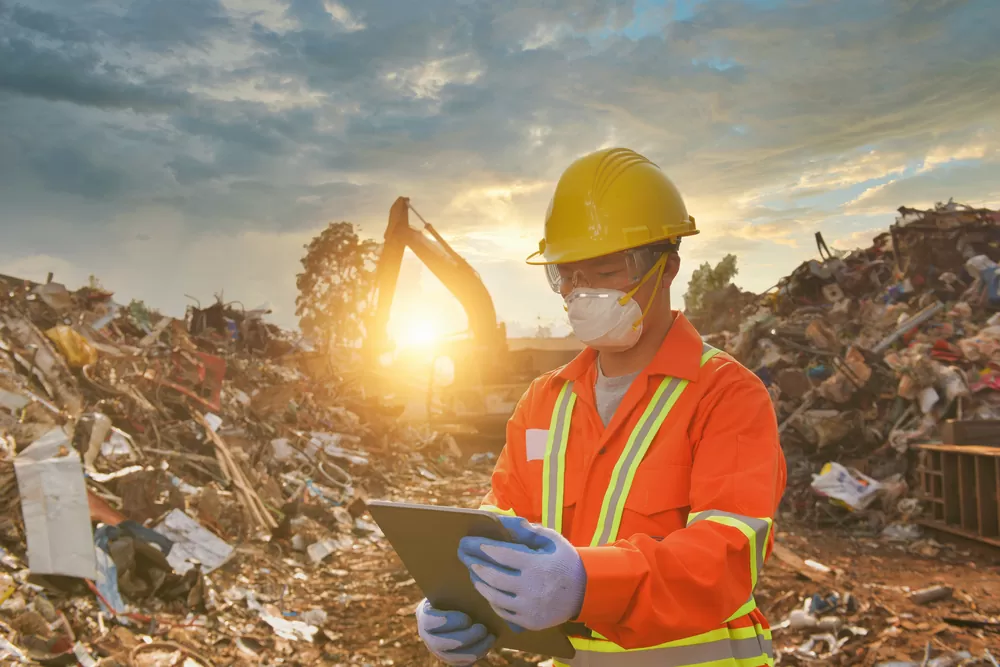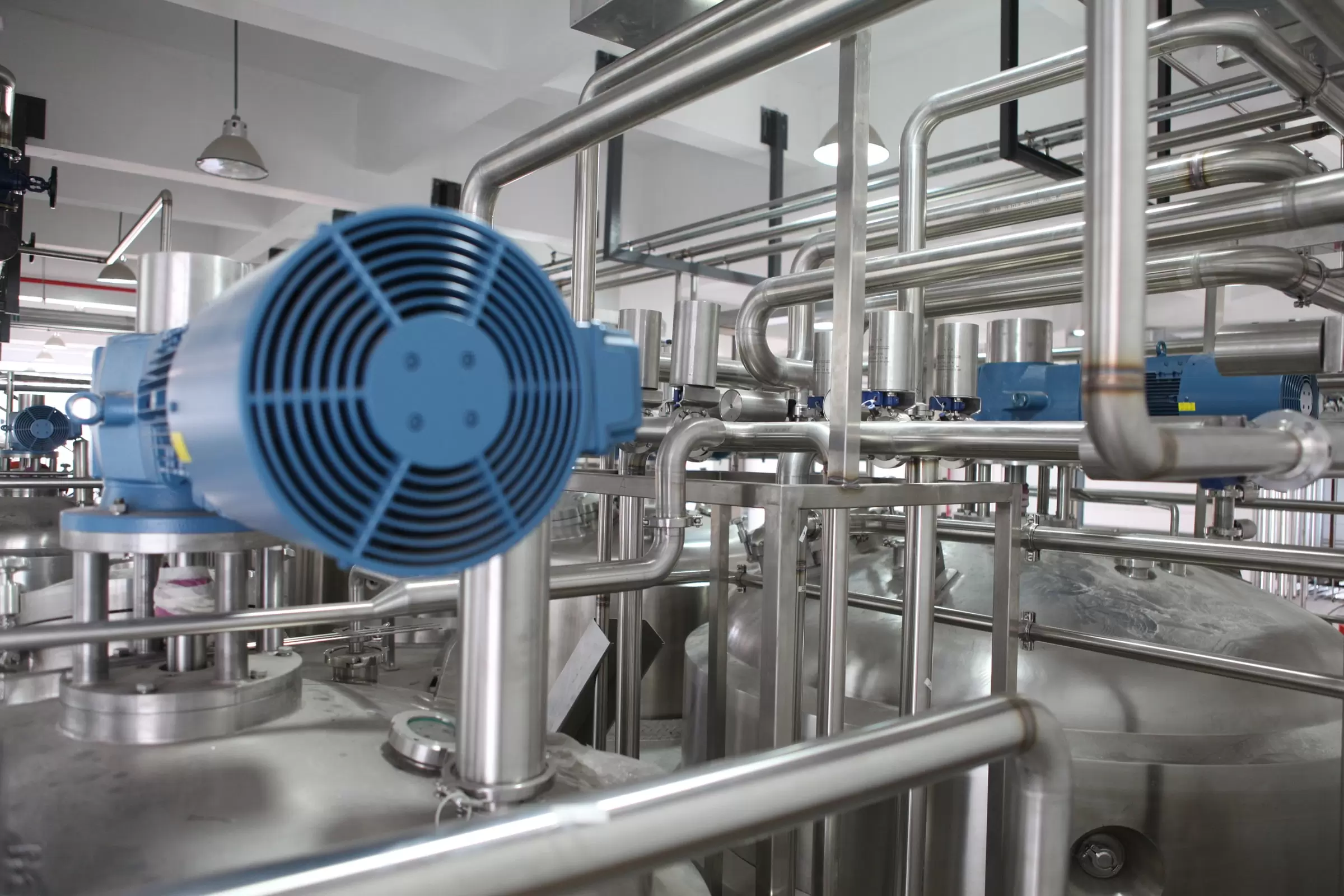Oil recycling stands as a cornerstone practice in our efforts to reduce waste, preserve the environment, and conserve valuable resources. This article aims to provide an in-depth exploration of the step-by-step process of oil recycling, commencing with the collection of used oil and culminating in its refined form, ready for reuse. By unravelling the intricacies of this process, individuals, and businesses can make informed and environmentally responsible choices when dealing with used oil.
Collection of Used Oil
The journey of oil recycling initiates with the collection of used oil, predominantly sourced from vehicles, machinery, and various equipment. The emphasis here is on proper storage, ensuring that used oil is contained within designated containers to prevent leaks and spills that could have detrimental effects on the environment.
Transportation to Recycling Facilities
Once gathered, the used oil embarks on a carefully planned journey to specialised recycling facilities. These facilities are equipped not only for the proper disposal of used oil but also for its processing. Transportation is a critical phase, adhering strictly to safety regulations to mitigate the risk of potential accidents during transit.
Pre-Treatment and Filtration
Upon reaching the recycling facility, the used oil undergoes meticulous pre-treatment and filtration processes. During pre-treatment, larger contaminants such as debris and solid particles are efficiently removed from the oil. Subsequent filtration then refines the oil further, eliminating smaller impurities and substances like water.
Re-Refining
One of the pivotal steps in the oil recycling process is re-refining. The pre-treated and filtered oil undergoes a refining process that involves heating it to high temperatures and subsequently cooling it. This intricate process facilitates the extraction of various fractions, including lubricating oils and base oils, rendering the oil ready for reuse.
Distillation and Hydrotreatment
Distillation is employed to separate different hydrocarbons from the re-refined oil. The components obtained from distillation undergo hydrotreatment, where hydrogen is utilised to remove impurities, thereby enhancing the quality of the oil. The outcome is a cleaner and more usable product.
Product Creation
The refined oil fractions obtained from the re-refining process open the door to the creation of various products. These products encompass lubricating oils for machinery, base oils for manufacturing, and even fuels for specific applications. The versatility of re-refined oil positions it as a valuable and sustainable resource.
Responsible Disposal of By-Products
Throughout the recycling process, certain by-products, including sludge and metals, are generated. The responsible disposal of these by-products is crucial to minimise their environmental impact. In many cases, these by-products can undergo further treatment, recycling, or repurposing, contributing to a holistic approach to waste management.
The oil recycling process is a testament to a series of intricate steps, each meticulously designed to ensure the safe and environmentally responsible reuse of used oil. This commitment is not only technical but reflects a dedication to a sustainable and eco-friendly future. If you share our passion for minimising waste, conserving resources, and protecting our planet for future generations, explore how Benzoil can contribute. Our expertise in oil recycling can make a significant difference. Join us on this crucial journey toward a more sustainable future.
Conclusion
In summary, the journey of oil recycling is not merely a technical process; it signifies a commitment to a sustainable and eco-friendly future. Each step, from the collection of used oil to its refinement, plays a vital role in reducing waste and preserving our environment. Embracing this knowledge empowers individuals and businesses to make conscious choices in handling used oil, contributing to a cleaner and greener planet.
FAQs
Q1: Can I recycle used oil at home?
Yes, you can recycle used oil at home, but it’s advisable to take it to designated collection points for proper disposal. DIY methods may lack the efficiency and environmental responsibility of specialised facilities.
Q2: How can businesses contribute to oil recycling?
Businesses play a pivotal role by ensuring proper collection, storage, and disposal of used oil. Exploring partnerships with specialised recycling facilities enhances their contribution to a sustainable future.
Q3: Are there regulations for transporting used oil?
Yes, there are regulations in place to ensure the safe transport of used oil. Adhering to these regulations minimises the risk of accidents and environmental harm during transportation.
Q4: What products can be created from re-refined oil?
Re-refined oil opens avenues for the creation of various products, including lubricating oils for machinery, base oils for manufacturing, and even fuels for specific applications. The versatility of these products contributes to a circular and sustainable economy.
Q5: How does oil recycling benefit the environment?
Oil recycling benefits the environment by reducing waste, conserving resources, and minimising environmental impact. It aligns with the broader goal of achieving a healthier and more sustainable planet.





